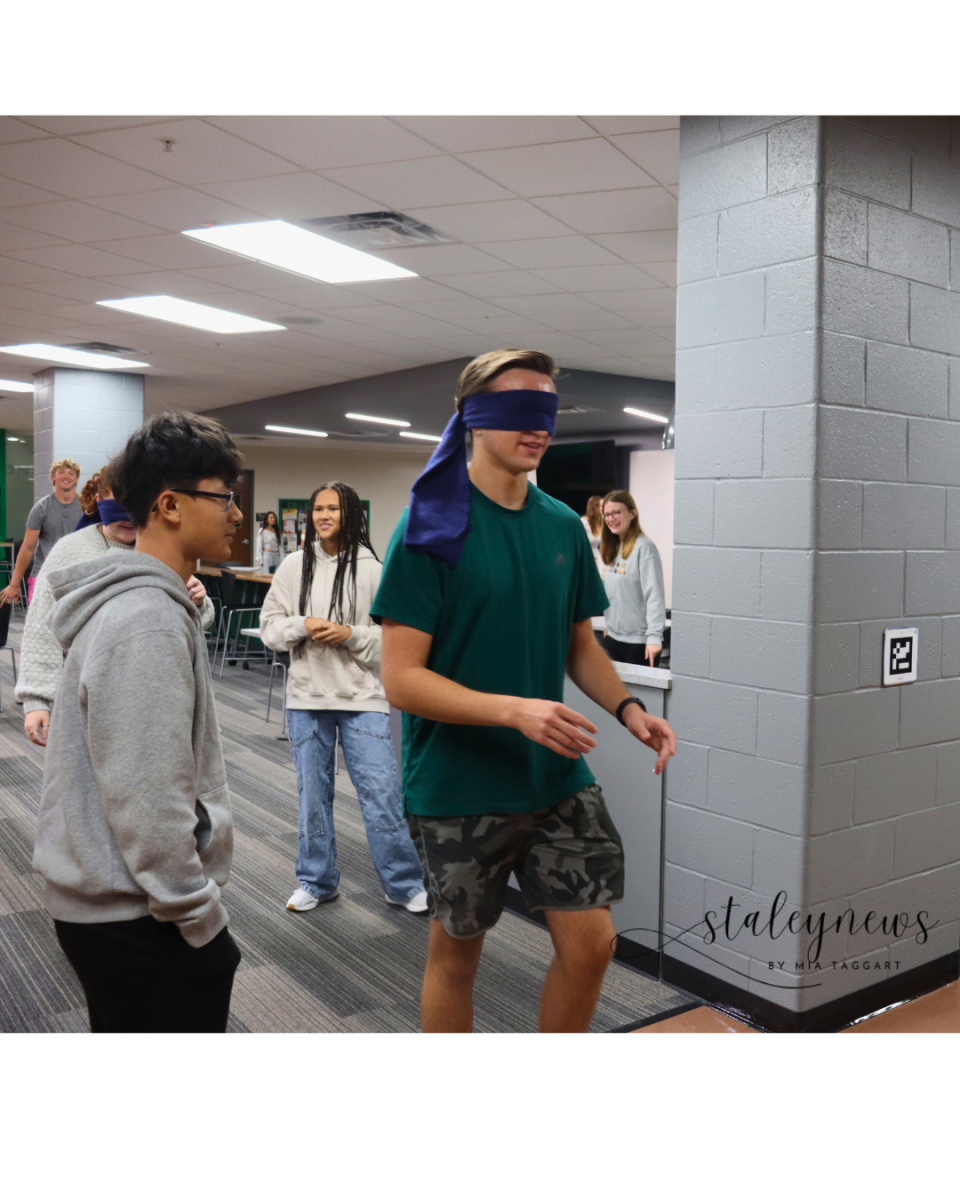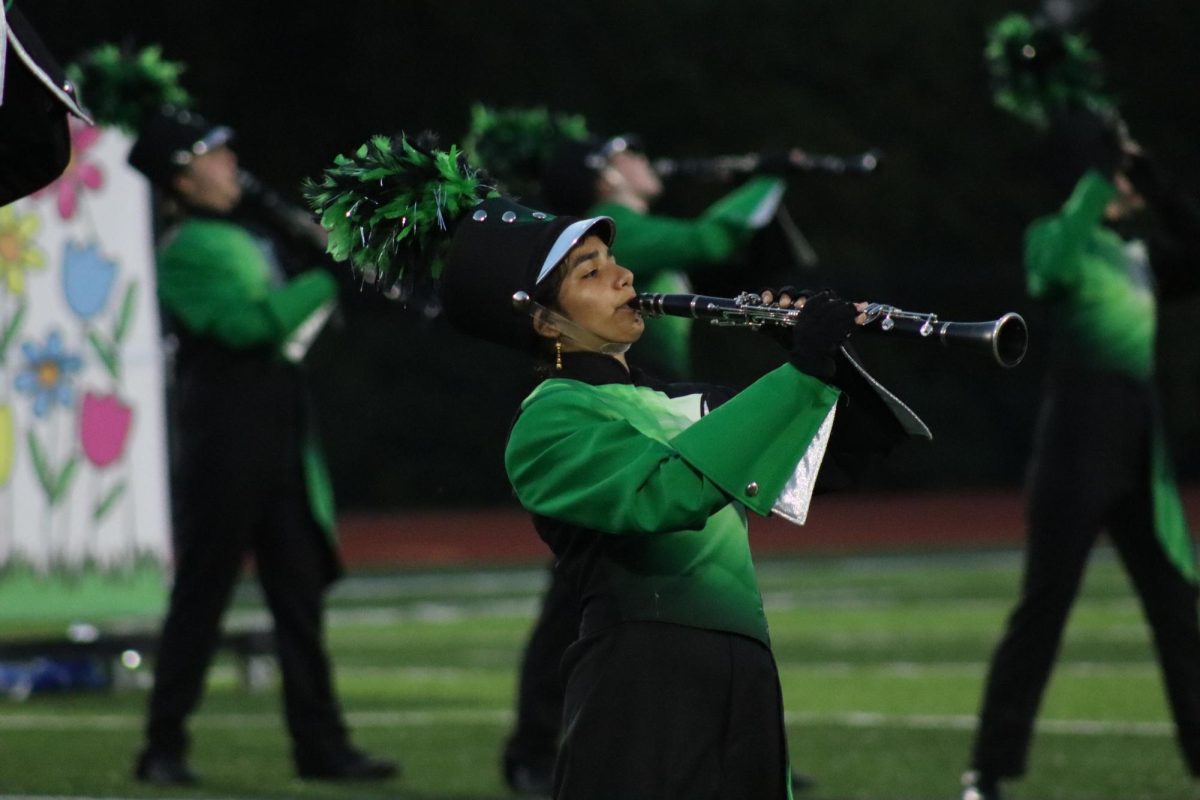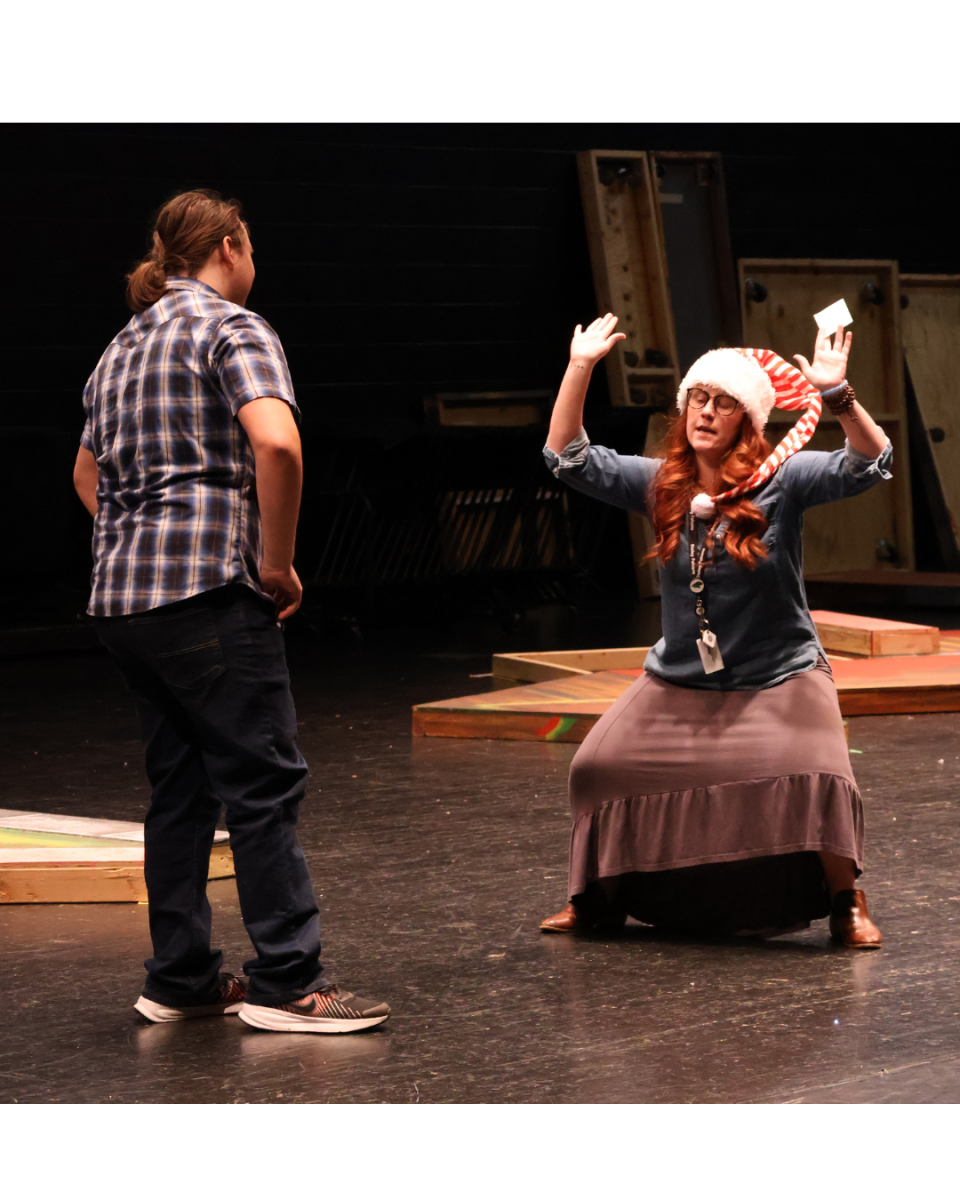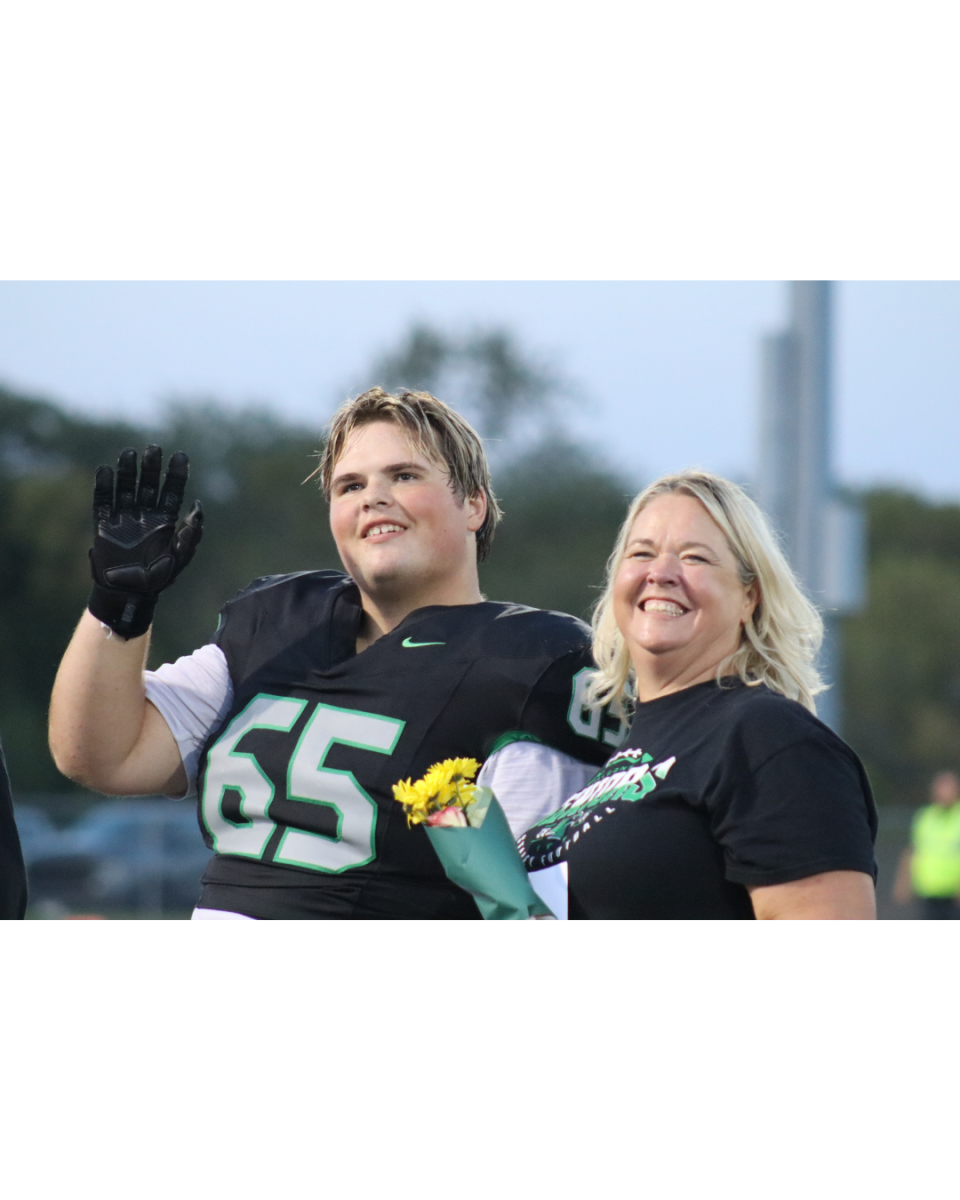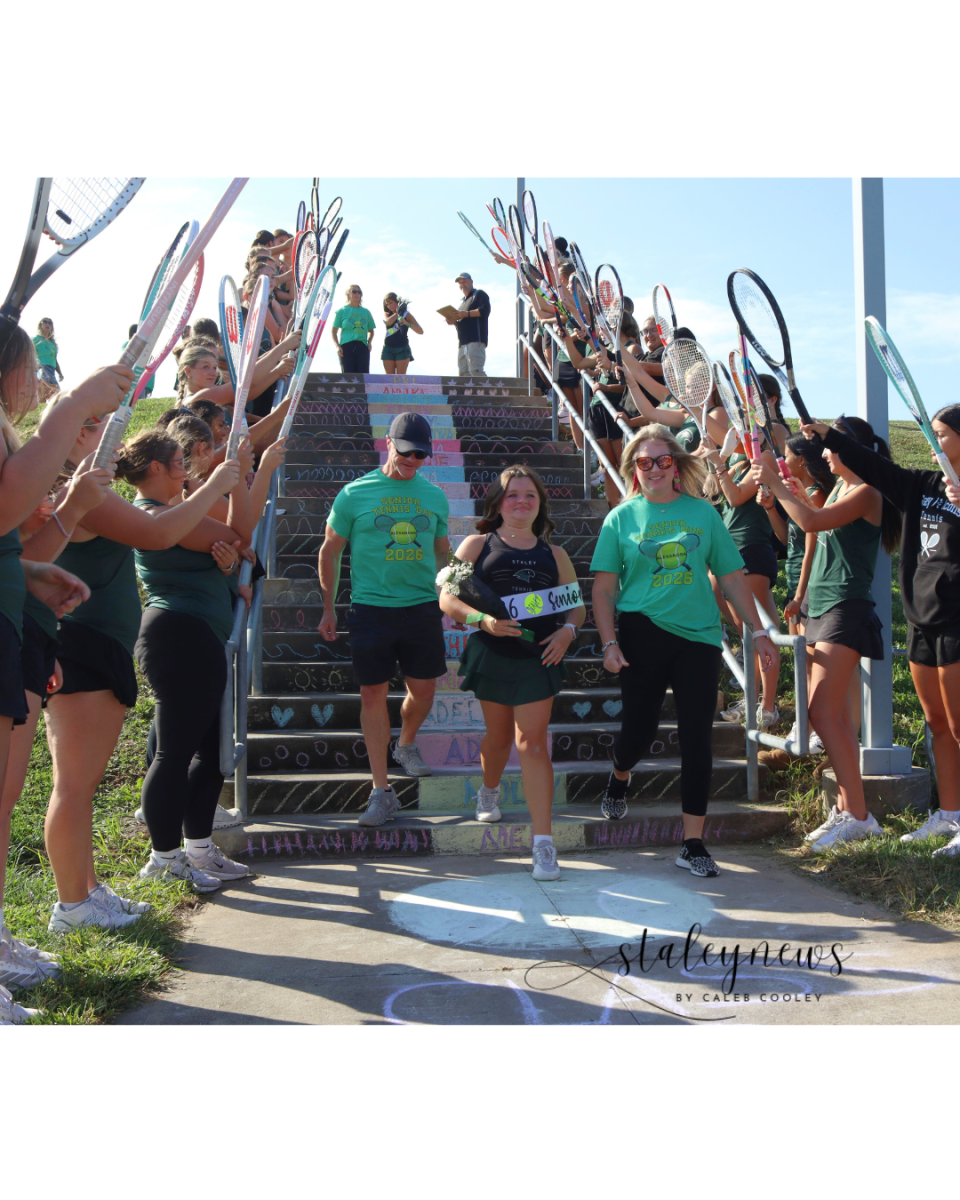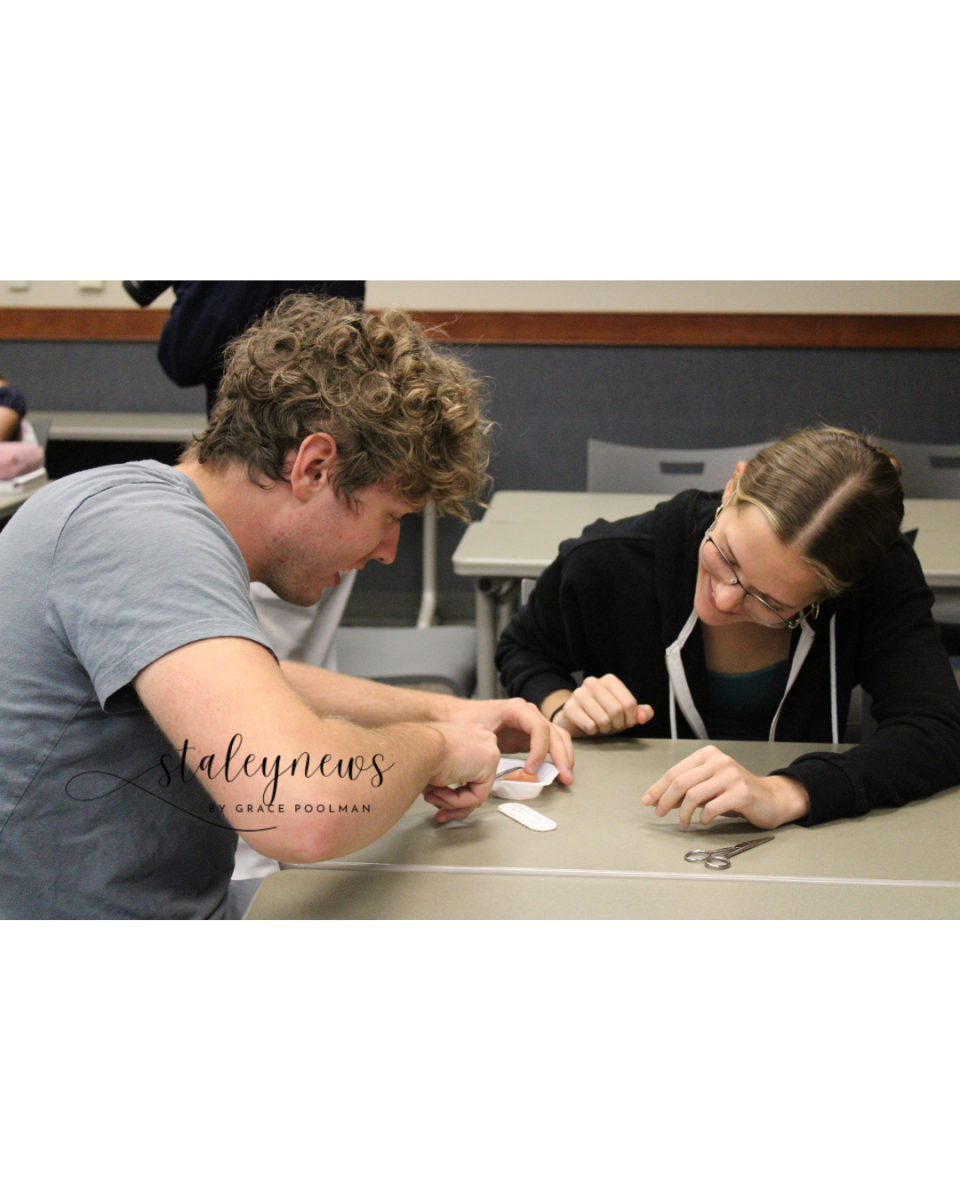Keeping an even head when trying to cope with stress from a busy daily schedule can be difficult. Many high-school coaches know not only what it means to be stressed, but also what it means to not let the stress show in other areas of their lives.
Taking time to relax for only one day out of a month (especially when he’s breaking from a hectic and stressful daily life) is all the “down time” basketball coach Tyler Stricklin said he gets to take.
“If you don’t take time to get away from whatever it is that you do, you won’t be productive,” said Stricklin.
In a typical week, Stricklin said he spends 12 hours per week at basketball practices and games, on top of three to four hours of scheduling for the team, which is accompanied by five hours a week of grading and lesson plans for the classes he teaches.
Taylor said he spends 16 hours per week at practices and 15 hours a week in meetings for football or track and field and that he does not take any time to relax when either sport is in season.
“On Fridays I get here at 7 and go home at 2 in the morning,” said Taylor.
Wrestling coach Gary Mayabb said relaxation is found after the season is over when he begins to focus and make plans for the next year. He said he spends 25 to 35 hours per week at practices and games during wrestling season, and he also spends 10 hours on planning and scheduling for the team as well at least 15 hours during an average week on lesson plans and grading for his classes.
These three coaches are an example of just how busy teachers’ lives are. Because these particular teachers are also coaches, they work two different jobs.
“I’m a teacher first and a coach second,” said Mayabb. “I compartmentalize fairly well. I attempt to stay focused on what’s in front of me.”
A 2010 study by the American Psychological Association showed that nearly a third of U.S. adults report extreme stress. Taylor said that he had been around too long to still get stressed out by coaching and teaching simultaneously. Both Stricklin and Mayabb said that they experience stress on a daily basis because of having to try to balance coaching with teaching.
“There is no balance, especially in season. One is always in the way of the other,” said Stricklin. “Time-management and organization are crucial.”
Mayabb said balancing coaching with teaching never gets easier, nor should it.
“The demands of the environment and the challenges of each team and each individual student athlete are constantly replicated,” said Mayabb. “If we’re asking students to grow, and we’re not growing, we’re not being smart.”
Trying not to worry about the team while also teaching a class is just one challenge that many high-school coaches face. Keeping the two separate and not allowing stress from coaching to affect a their disposition and attitude in the classroom is an obstacle that, for coaches, just accompanies the demands of the job.
“It all kind of runs together. I’ll have students asking me to retake a test on the way to practice. I’ll have a player come in during class, and he’s got a crisis. He’s failing a class,” said Stricklin. “I try to keep the two separate.”
Taylor said that he would probably get agitated with the classes that he teaches regardless of stress from coaching. Mayabb said that he would like for his stress and agitation not to show at all, but just like Stricklin, he’s sure it does sometimes.
“When I’m in a wrestling room, I love it,” said Mayabb. “It’s almost cathartic. The release of energy helps.”
Both Stricklin and Mayabb said they try not to let any stress from coaching affect their attitudes when they are teaching.
“You try and limit how much it shows,” said Stricklin. “You have to be aware of the fact that it’s stress.”
Mayabb described a moment with his granddaughter.
“There can be 12,000 people in the venue, but when she is in my arms, it’s just me and her,” said Mayabb.
Mayabb said that the work he does is very important to his family.
“It’s hard on me,” said Stricklin. “It’s harder on my wife.”
While Taylor said that the politically-correct response would be that he gets to influence a wide-range of people, he said that honestly, teaching isn’t the same as being on the field or on the track.
“Through competition, it’s easier to relate to them,” said Stricklin. “It’s easier to get them to trust you.”
These coaches sacrifice large amounts of time they could be spending with their families every day. The work that they do with the kids at school, however, is not in vain.

